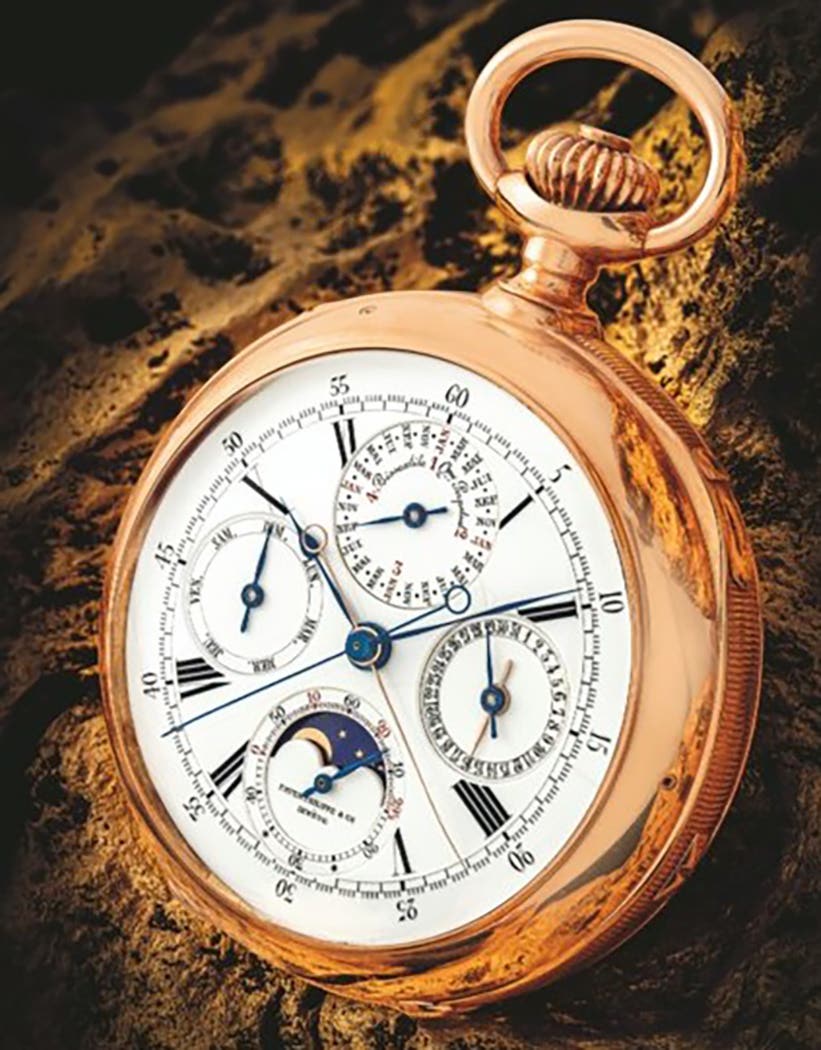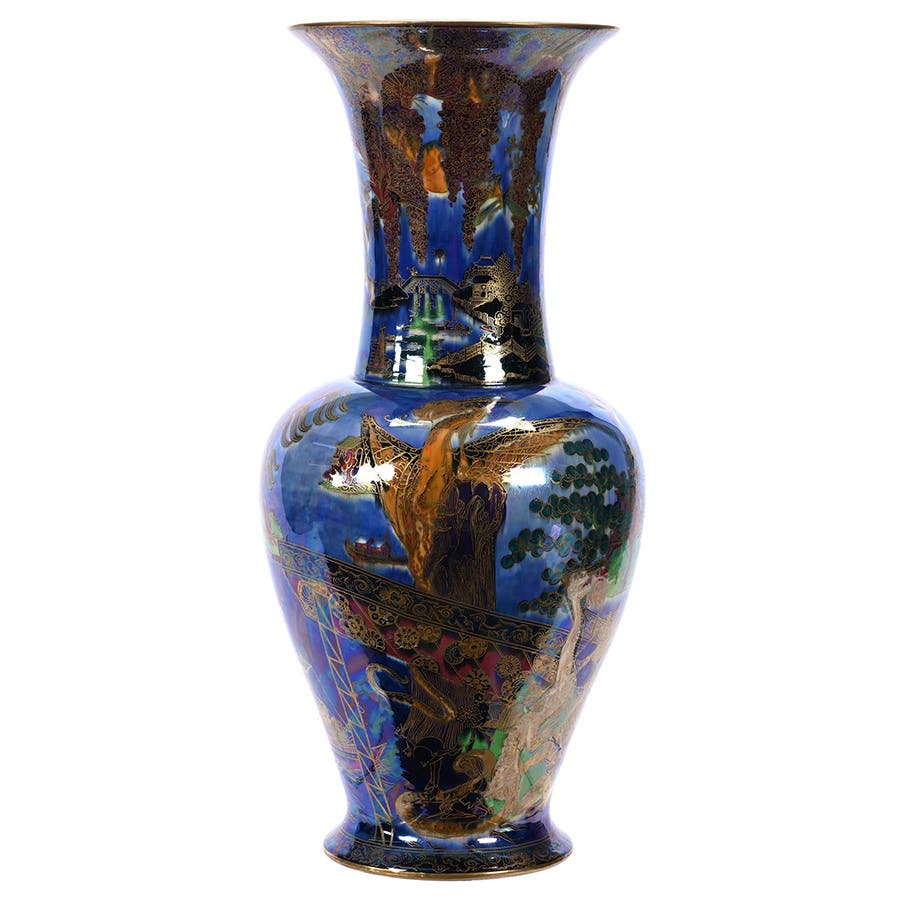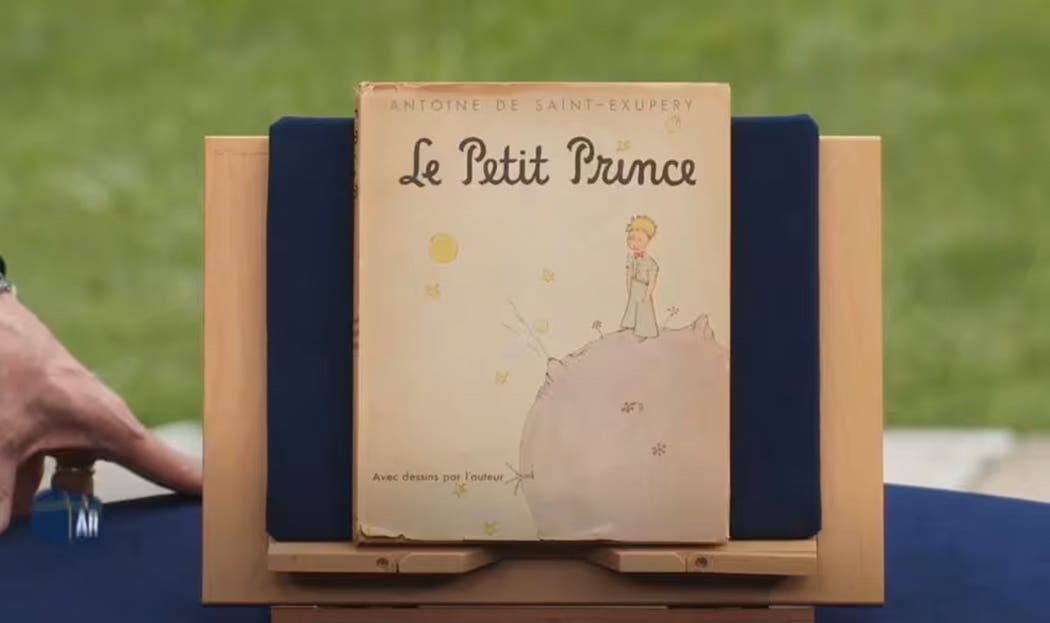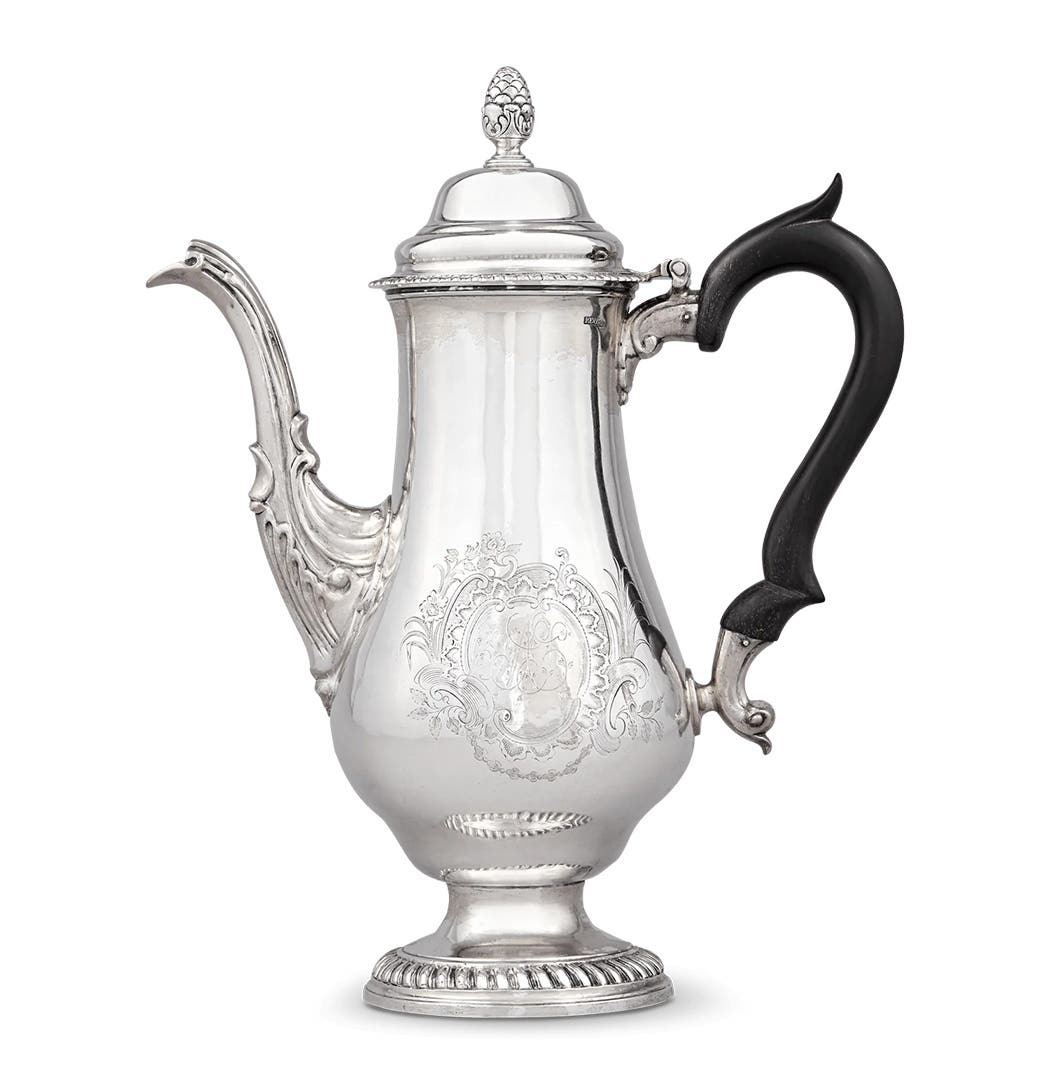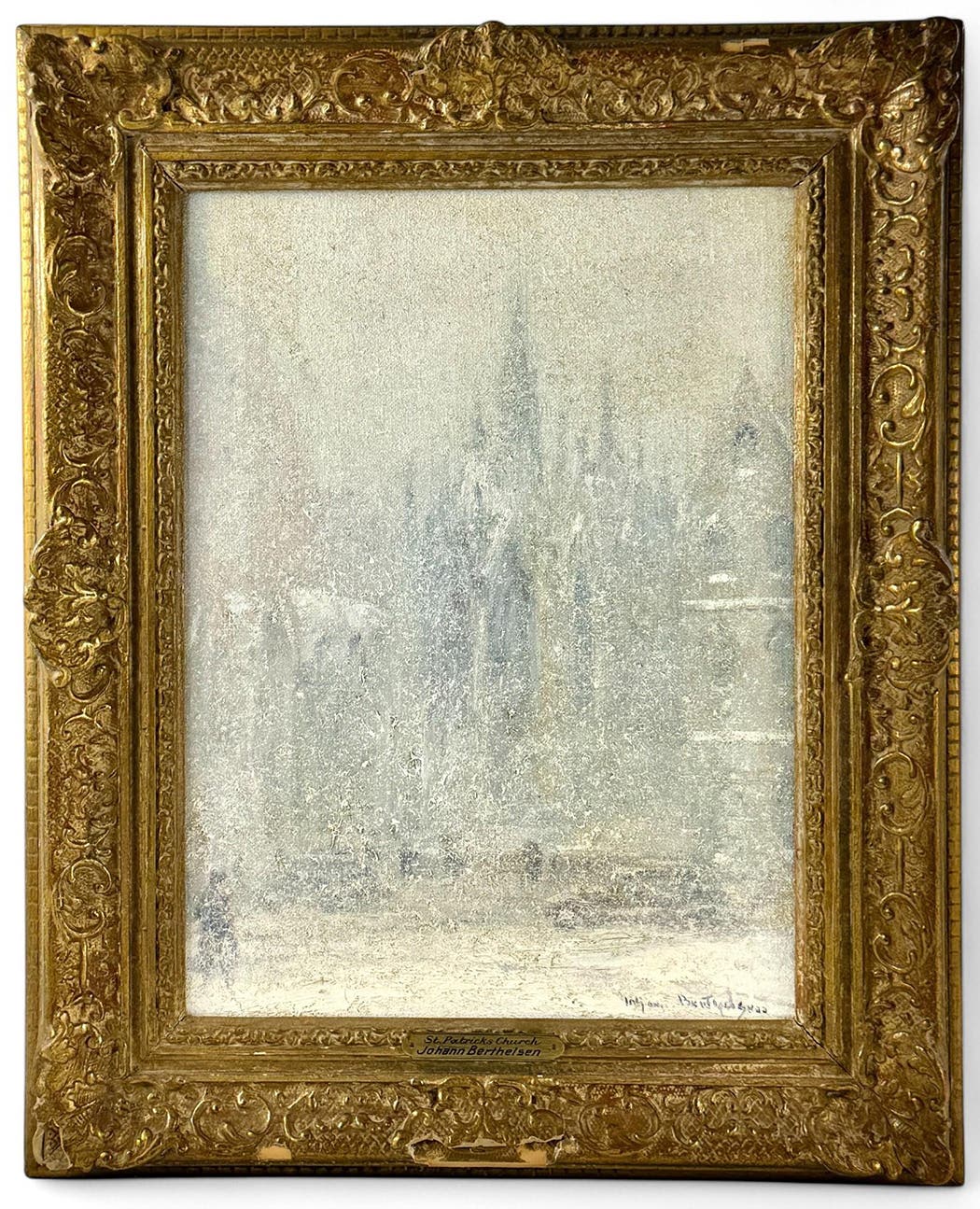Beatles-used gear is Mount Everest of memorabilia
There’s no question that The Beatles’ popularity is something of legend, and auction results of Beatles-used gear confirms popularity among collectors. Noah Fleisher, author of The Beatles: Fab Finds of the Fab Four explores this facet of Beatles memorabilia with collecting expert Andy Babiuk.
The following is an excerpt from “The Beatles: Fab Finds of the Fab Four” (Krause Publications) by Noah Fleisher. The brand new 240-page, full-color book focuses on Beatles memorabilia (Beatles-used gear) and collectibles.
The spectrum of Beatles collectibles and memorabilia is vast, deep and incredibly varied. If you have $100 or $1 million you can find something to suit your taste and budget. As with any collectible, however, there are levels of both collector and material.
When it comes to The Beatles, if bits of their marketing genius are the most accessible, then surely the pinnacle, the Mount Everest of Beatles collectibles has to be any and all instruments that the band themselves played. These are the tools the master craftsmen used to build their kingdom. They are coveted as the holiest of relics in the church of rock ’n’ roll. There are few that could successfully argue that the instruments The Beatles used are not the very foundation of the last 50-plus years of popular modern music.
Exploring tiers of Beatles-used gear
Even within the rarified circles of Beatles-used gear there are levels. The hobby is replete with examples of instruments that The Beatles have signed — these are at the bottom of the ladder.
Though valuable because they are “instruments” with a Beatle signature, they are not usually played by the band. While these can loosely fit in the “Beatles Gear” category, they don’t really count as Beatles-used.
The middle tier of The Beatles-used gear sphere is filled with instruments a member of the band played, however briefly. There are plenty of guitars out there that make this claim. This can, however, be a problematic thing to collect. The provenance on many of these instruments, which has to be rock solid, usually is not. The price tags on these instruments can also often be quite high. From the tens of thousands of dollars up to $1 million or more. As with any investment of this magnitude, buyer beware!
The top level of the world of Beatles-used gear is then, obviously, the instruments that members of the band owned. It can be said, unequivocally, that there is no piece of Beatles memorabilia or collectible that is more coveted by collectors.
Babiuk's experienced take on Beatles-used gear
This is where Andy Babiuk comes in. Babiuk is the owner of Andy Babiuk’s Fab Gear, a boutique music shop in Fairport, New York. He is also the author of “Beatles Gear: All the Fab Four’s Instruments from Stage to Studio – The Ultimate Edition” (Backbeat Books). Babiuk, a successful musician (a founding member of Chesterfield Kings and current member of the super group The Empty Hearts. This group features Elliot Easton of The Cars, Clem Burke of Blondie and Wally Palmar of The Romantics). He is the foremost authority in the world on Beatles-used gear. He is the go-to resource for auctioneers, dealers and researchers needing information on — or verification of — a Beatles-used instrument.
Babiuk’s book is an incredible resource. His work on it over the last 20 years could rightfully be the subject of a book itself. According to Babiuk’s website:
“This book is the first to tell the full story of how The Beatles made their music. It details exactly which guitars, drums, amplifiers and keyboards The Beatles used at the key points of their relatively brief but entirely revolutionary career… from the formation of the Quarry Men skiffle group in the 1950s to the dissolution of The Beatles in 1970.
“It provides fascinating fresh insight into Beatle history from an entirely new viewpoint, and along the way many myths are exploded and dozens of stories told for the first time, and many more since its first release.”
Scarcity of items elevates interest
(Within “The Beatles: Fab Finds of the Fab Four”) are images and explanations of a few choice pieces of Beatles-used gear. The fact is, as Babiuk explains, there is really precious little that has been released to the public. The Beatles members and their families have kept, and still have in most cases, every bit of gear they used, especially after they started to get famous. They were keenly aware of the potential worth of the stuff.
That scarcity, however, makes the few examples of personally owned and used Beatles instruments that have surfaced even more exciting and intriguing.
Babiuk took time out of his busy schedule to provide some insight on the band, their instruments, the viability of those instruments as collectibles and on his own journey to becoming one of the top, most sought-after Beatles experts in the world.
How did you become an expert in Beatles-used instruments?
Andy Babiuk (AB): I’ve worked in a guitar shop for more than 35 years; it’s something I’ve always done. I have also been a successful musician in a band for more than 30 years. My passion was always the music that we all grew up with — Beatles, Stones, Kinks, the whole British Invasion. I wanted to sound like them when we made records, which meant using the same kind of instruments they used: Gretsch, Hofner and Rickenbacker (guitars).
So we subsequently used that kind of equipment on the first record we recorded and we found out quickly that there was more to it than plugging in and playing on the same type of instruments they used. I started studying how The Beatles did it and became fascinated with it. There was no book on it at that time, so it was really Sherlock Holmes-type of stuff for me to put everything together.
The guitar shop where I worked at the time would have a lot of people come in and they’d have an old Vox amp like The Beatles used in recordings and they would ask about it. The guys I worked with would point to me and say “Talk to Andy.” In essence what I was doing was teaching them, my co-workers and customers alike. I wasn’t bragging, I just knew about it.
So one day, one of my friends — a guy I’m still friends with to this day — he said, “Y’know, if you got a case of beer and locked yourself in a house for a weekend and wrote down everything you know about The Beatles you’d have a book,” and I thought “Oh wow.” Six years later, I had a book.
What was the first Beatles-used instrument you handled?
AB: The first Beatles instrument that I ever held was John’s second Gibson J-160E, the one with caricatures of he and Yoko that he drew on it. Gibson had hired me to help with a replica that they were doing, because I had done so much research on it. In order to do it faithfully, I had to measure it and get the perspective right.
It just so happens that, at that time, Yoko was setting up the John Lennon exhibit at the Rock and Roll Hall of Fame. She was very gracious and let me spend a lot of time with it. From there it just took off.
Why is the draw of Beatles-used gear still so strong?
AB: Because they actually did what they did with these instruments. They were the guys that paved the road for the Stones, Zeppelin and everybody else. If you study their music and see who was doing what at which time — their use of the Rickenbacker 12-string, for instance — then you know that nothing would have been done that way, ever, had they not done that.
Take the idea behind the song “Tomorrow Never Knows,” the final track on “Revolver.” Ringo told me that John wanted to record a song with just tape loops. This was, what, 1966? Who would do that? There’s just example after example where you see they were way ahead of their time, and then they were gone. They were there for 10 years and then they weren’t. What they left behind was amazing.
Is most Beatles-used gear accounted for?
AB: There are about five instruments that are unaccounted for right now, though there are quite
a few in total, all of which are in my book. The surviving Beatles themselves, and the Harrison and Lennon estates, have the bulk of their stuff. That’s what makes the story of John’s J-160, which was stolen so long ago, such a great story. I went on record, before its sale at auction (in November 2015) to say that it would be the highest price Beatles instrument ever sold and it was.
What about Paul’s original Hofner? We all know he has it, and would likely never sell it, but what if he did? What could it bring? It’s got to be the Holy Grail of Beatles memorabilia.
AB: Paul’s Hofner would go much higher — I couldn’t say just how high. It’s so unique looking. There’s no other instrument they call the Beatle Strat or the Beatle Rickenbacker. They call that Hofner the Beatles Bass.
How granular does the pursuit of Beatles instruments go? Meaning, do drumsticks and guitar picks and strings count?
AB: I get that all the time about things like drumsticks or picks, but I usually just can’t comment. I get emails and phone calls constantly from people saying, “I’ve got this or I’ve got that.” Obviously, if I say it’s the real thing then they are going to make money on it, so I have to be careful.
I think, with collecting in general, when people like a band or a celebrity or a pro athlete, they like anything that has to do with that person. There then comes a time and a thing where anything that person has touched is valuable and that can create issues. So, John Lennon played a guitar for a second at a party and it’s suddenly more valuable; I always have a problem with some of that stuff because it’s so hard to substantiate. When it comes to an instrument they used and recorded with, and it’s absolutely backed up by paperwork and photos and anecdotes, it’s not only real, it’s more valuable.
Any advice to collectors
AB: Stay far away from places online where you’ll find fake stuff. I worked too hard to get where I am and forge these relationships with these musicians to ever touch any of that stuff, there’s so much of it. I’ll always look at it, of course — you never know — but it’s often nonsense and I don’t have the time for it. I just don’t want to debate that stuff.
I have a lot of clients that look for the real thing — Beatles-used and otherwise — and buy at auction or privately and I have to say, when it comes to the real thing, the auction route is probably better for them because auction houses take the time usually to research and vet the material, they are people that aggressively look for the equipment. With Beatles gear, good luck. There’s just not that much out there and when you see the prices, as much as $1 million or more, you have to be very careful. There’s a lot of bogus stuff out there.
Lastly, I have to know, what’s it like to hang out with a Beatle?
AB: They happen to be popular musicians, but in the end they’re just guys. You’re sitting and talking with a person. I’m a musician and I play and I travel all over the world so a lot of the musicians I’ve worked with are just friends. It’s not anything weird. First time I hung out with Ringo, I was a little nervous. But once that initial thing is out — that he was a Beatle — he’s really just a nice guy, which is what has made him so successful.
I always relate this story when asked: I’ve met thousands of musicians in my life and, back in the day in the 1980s. I ran a big music store in Rochester, New York, where I used to set up a lot of in-store performances with the popular bands where they would come in and play. A lot of metal bands and lots of flash-in-the-pan bands. The interesting thing to point out, what has really stuck with me, is how many of them that came in and were real a**holes and prima donnas. How many of them simply aren’t in it anymore. Furthermore, nobody cares where they are. All the guys that are really nice guys are still around. That certainly goes for The Beatles.

